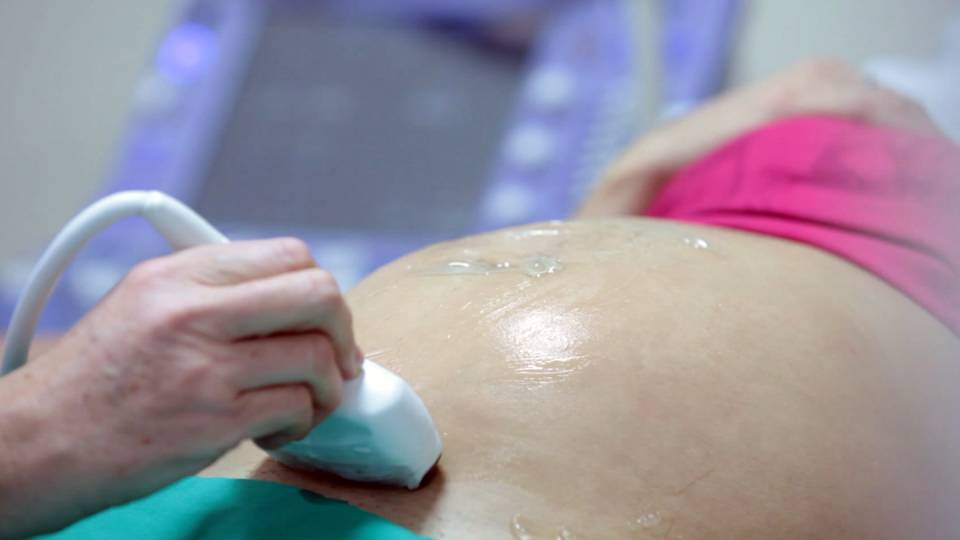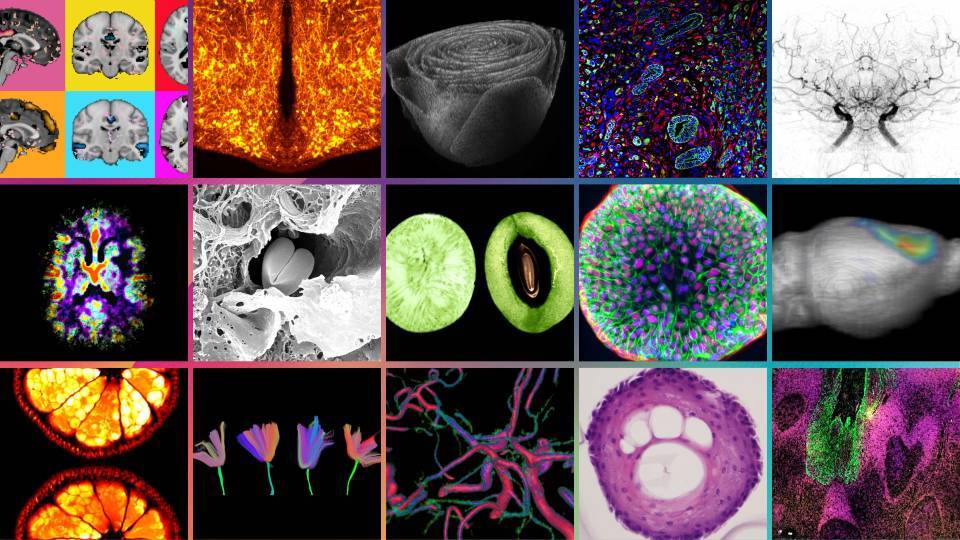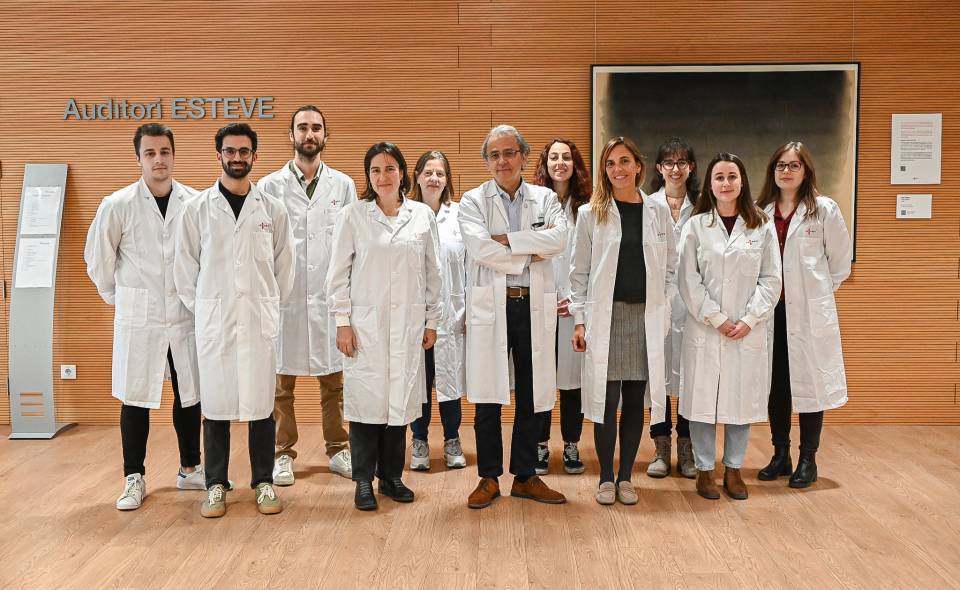Normally, preeclampsia appears in the last two months of pregnancy and, when it occurs, 1 in 10 women has complications. If a woman develops preeclampsia after 37 weeks, the best thing to do is to induce labour. If it develops before 34 weeks, on the other hand, the best action is to prolong the pregnancy, because avoiding premature birth is more beneficial for the baby. However, for women developing preeclampsia between 35 and 37 weeks’ gestation, we did not have sufficient knowledge to make the best decision. This study showed that making this decision based on the levels of angiogenic factors in the mother’s blood reduces the risk of maternal complications by five, without worsening the results for the newborn. On the other hand, in patients who develop preeclampsia before 37 weeks’ gestation and who have normal angiogenic factors, it is safe to let the pregnancy go to full term.
In view of the need for individualization in the treatment of women with preeclampsia, the Maternal-Fetal Medicine Service, led by Dr. Francesc Figueras, designed this multi-centre study. This clinical trial was conducted in order to find out whether proteins known as angiogenic factors were good markers for determining whether delivery has to be induced or not in cases of preeclampsia. These proteins are found in the mother’s blood during pregnancy and are related to the placenta. It is known that the greater the changes in these biomarkers, the greater the risk of complications. Dr. Francesc Figueras forms part of the Fetal and Perinatal Group at the August Pi i Sunyer Research Institute (IDIBAPS).
Seven Spanish centres participated in this study, led by the Hospital Clínic de Barcelona-IDIBAPS: Hospital Universitario 12 de Octubre (Madrid), Hospital Universitario La Fe (Valencia), Hospital Universitario Cruces (Biscay), Hospital Universitario Dexeus (Barcelona), Hospital Sant Joan de Déu (Barcelona), and Hospital de la Creu Roja d’Hospitalet (Barcelona). The study lasted for four years and involved a total of 178 patients diagnosed with preeclampsia without severe features at between 34 and 37 weeks’ gestation. Thus, the study concludes that the practice with this type of patient focuses on the individualization of the management of preeclampsia using biomarkers.
Dr. Francesc Figueras, head of the Maternal-Fetal Medicine Service maintains that, “unlike previous studies in this field, individualizing the delivery time in accordance with angiogenic factors reduces maternal complications without increasing complications in newborn babies.”




